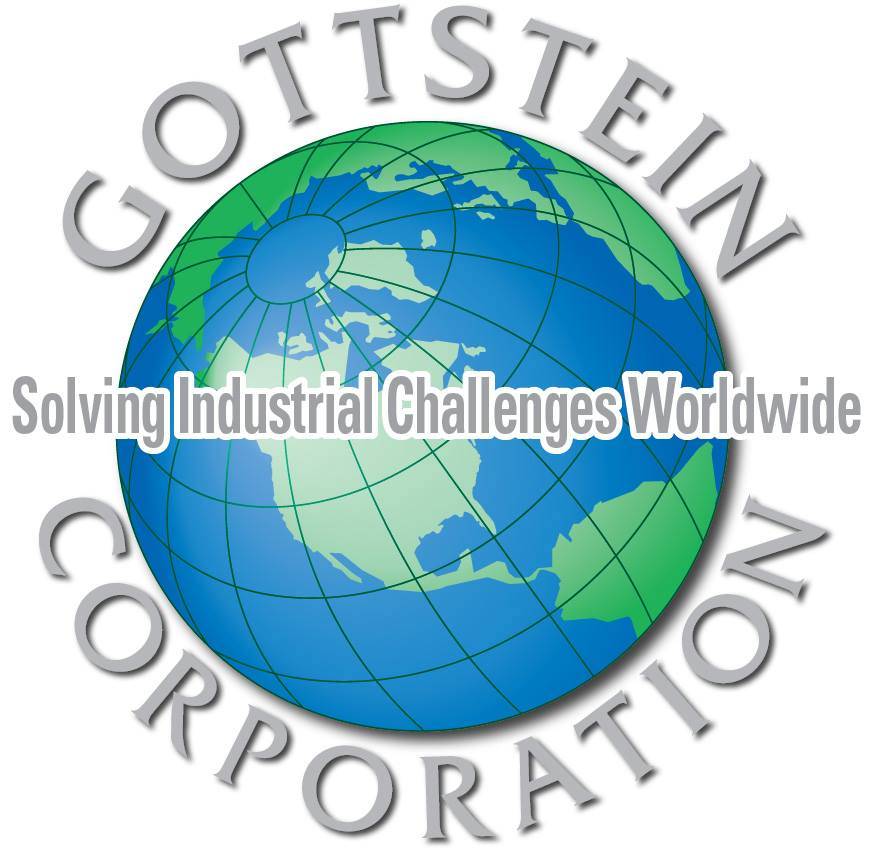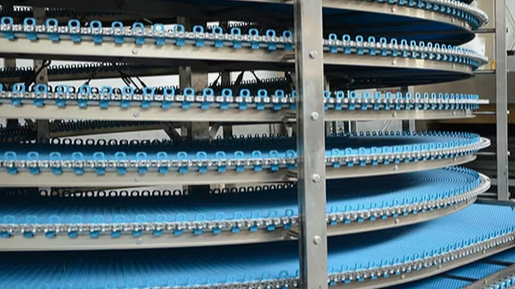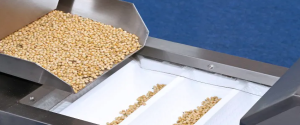You’ve made the capital investment. The new filler, capper, or depalletizer has arrived. The OEM techs are onsite. Everything looks good until production starts.
Suddenly, there are pressure issues. The controls don’t talk to the existing line. QA is flagging defects. And the plant manager is asking why a “seamless install” is taking two weeks to stabilize.
It happens more than most want to admit and it’s not because anyone’s dropping the ball. It’s because too often, no one is assigned to connect all the dots.
THE OEM’S JOB AND WHAT GETS MISSED
OEMs are excellent at designing and supporting their equipment. But they’re not always tasked with integrating it into your unique plant environment. That’s where breakdowns occur:
-Utilities aren’t fully verified
-Access platforms don’t align with safety needs
-Communication protocols between machines aren’t pre-tested
-Sanitation teams don’t get looped into the install plan
-Line layouts work on CAD—but not with your actual forklift traffic or changeover flow
None of these are the OEM’s fault—but someone has to own the coordination.
WHERE CONTRACTORS CAN MAKE OR BREAK THE PROJECT
A good contractor doesn’t just “install per spec.” At Gottstein, we treat every install as a custom integration, whether it’s a single piece of equipment or a full new line. That means:
-Reviewing OEM drawings in the context of your actual facility
-Verifying tie-ins with power, air, water, and controls
-Ensuring safe, code-compliant platforms and access points
-Catching layout issues before concrete is poured or steel is set
-Coordinating with OEM field service to support a clean, fast startup
IT’S NOT OEM VS. CONTRACTOR, IT’S COLLABORATION
We’ve worked with some of the best OEMs in the world, Sidel, Husky, Krones, and many more. When there’s a clear plan and tight coordination, startups go smoothly. When communication breaks down, even the best machines get delayed.
The most successful projects come down to one thing: alignment. That’s what we bring to the table decades of experience navigating between OEM expectations, plant operations, and real-world installation challenges.
THE TAKEAWAY FOR PLANT TEAMS
If you’ve got capital projects coming up, don’t just ask, “Who’s installing it?” Ask:
-Who’s verifying that it works here, not just on paper?
-Who’s connecting the OEM’s vision with the plant’s reality?
-Who’s making sure it runs safely, smoothly, and at spec by startup day?
If you don’t have a clear answer, we’d be happy to talk.



